An interesting phenomenology to study for those who want to approach contemporary art without getting distracted by too many hyperbolic concepts is the verbose use of neon signs. Scores of artists belonging to the club of “system smarts,” realizing the seductive ease of neon, rushed to change the direction of their work and - armed with screwdrivers and electrical wires (but only for photos) - began to fill every wall and ceiling in front of them with neon.
Let’s go with disorder: one of the most renowned neon pioneers was the highly celebrated Lucio Fontana. In 1951, our exalted canvas cutter created a futuristic installation at the IX Milan Triennale: he had a hundred-meter-long neon tube all intertwined with steel wires fixed to the ceiling (the work is now reproduced at the Museo del Novecento in Milan). I can imagine the amazement of a viewer of the time at the moment he was visually invested by something unusual in an exhibition space: the wow effect was assured. Although, immediately afterwards, he would ask himself, “Why are these neon lights inside a public museum art, and outside they are mere signs?” As he reflected on all the damage Duchamp had done, someone behind him muttered, “My electrician with thirty thousand lira would have done better!”
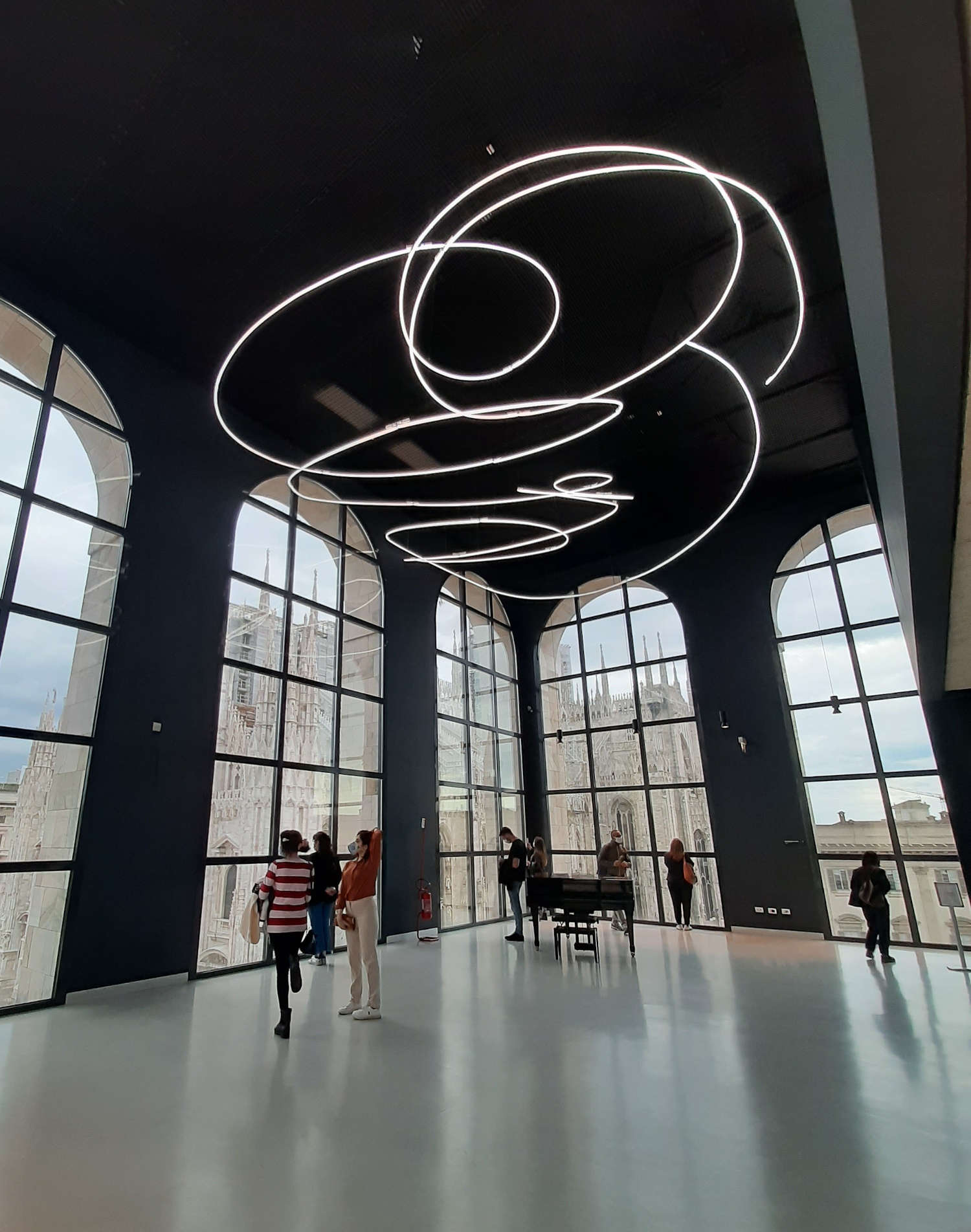

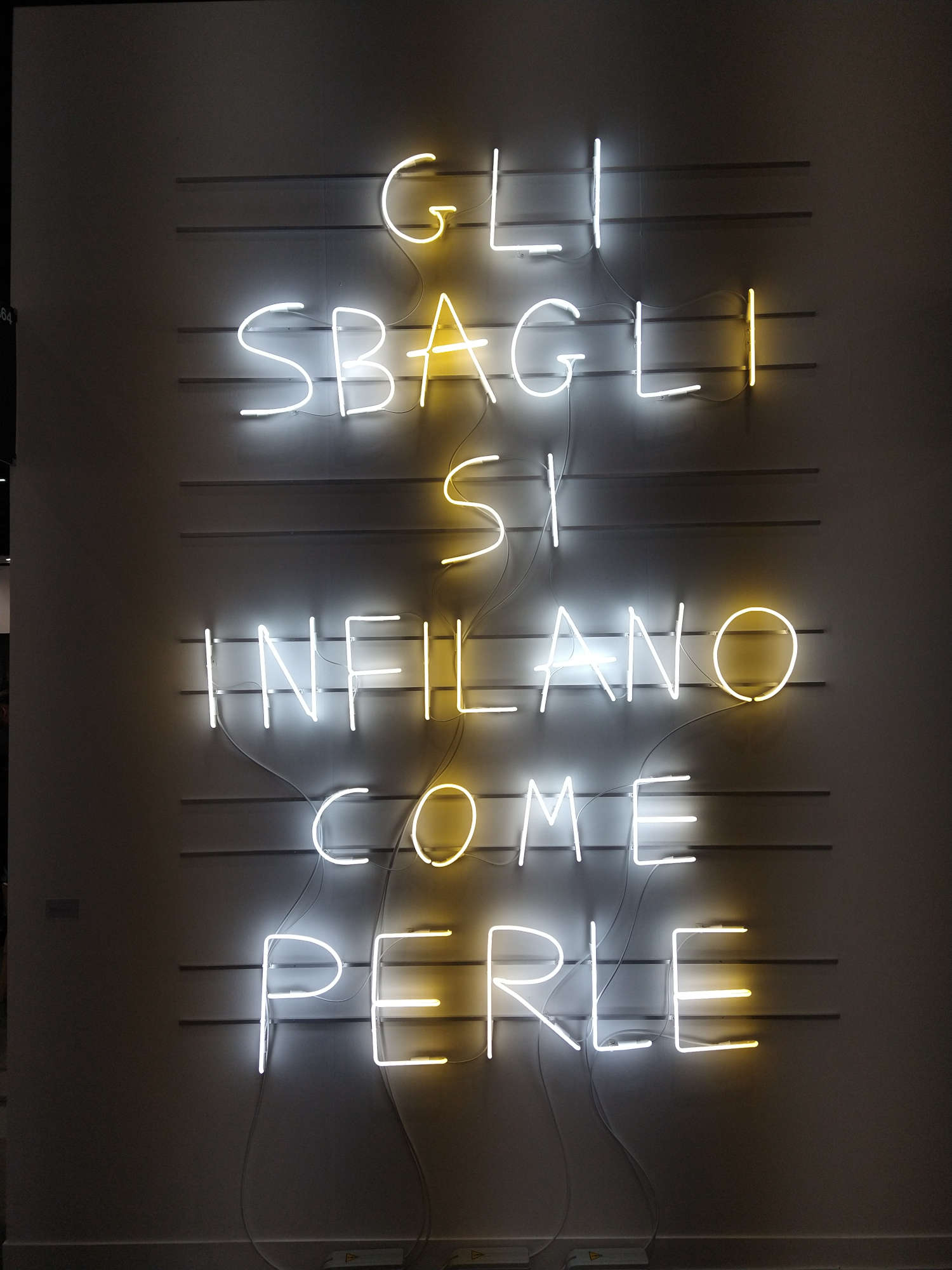
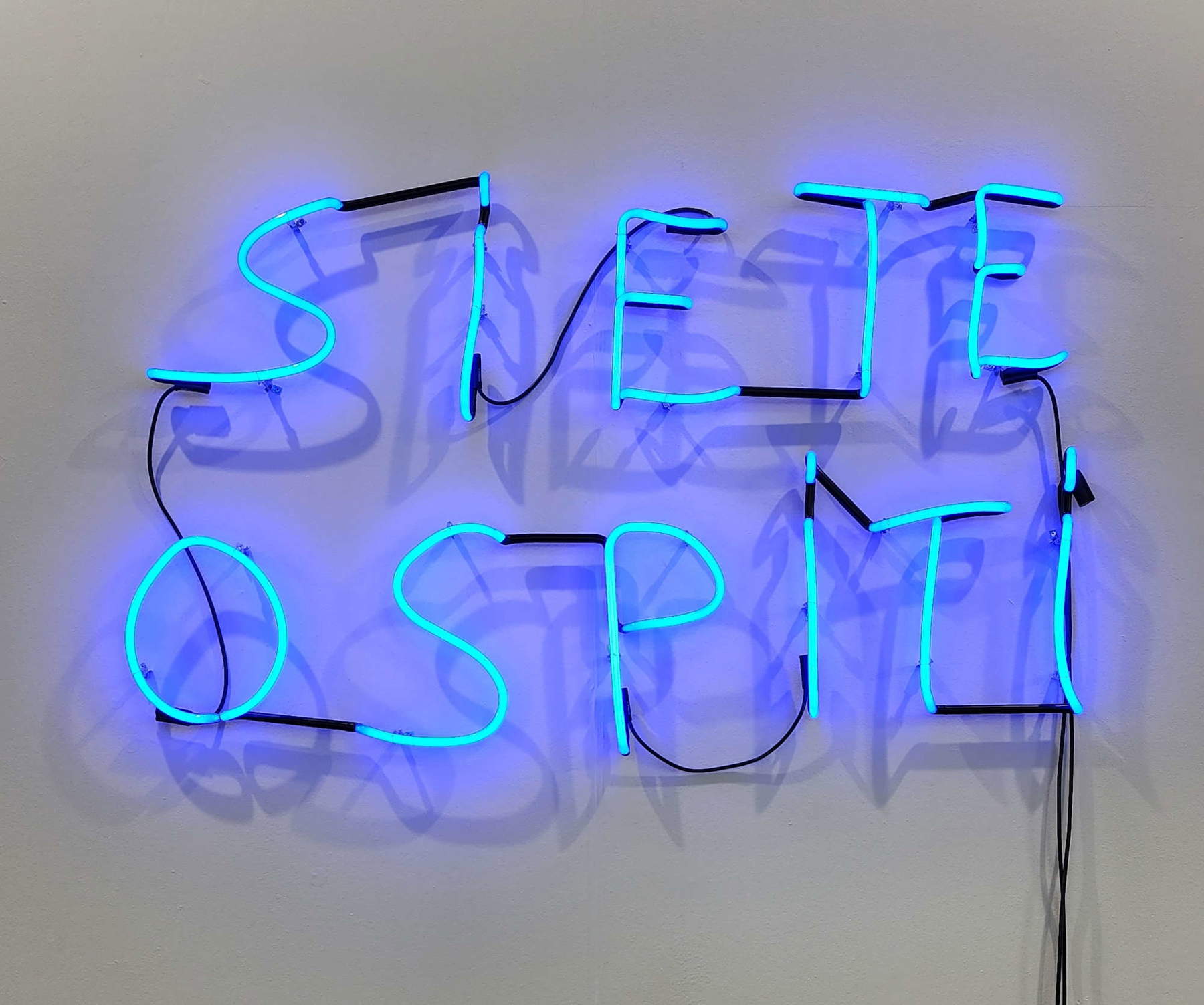
Nearly a decade later, Dan Flavin did not even go to the trouble of deforming neon tubes: he used them directly as they were on the market to confuse even more the viewer who could not tell whether they were lights to illuminate the room or works of art.
Other neon forerunners who gave light to their ideas are the Americans Joseph Kosuth and Bruce Nauman, both in their eighties and in full swing. For more than sixty years they have continued undaunted to scatter neon lettering and drawings everywhere. The path paved by the two has proselytized, filling biennials and other art events with neon works. Who knows what last-minute patrons will say is more interesting and original? Want to see that this neon is the easiest gimmick for making contemporary art? Just call a neon sign company, dictate the phrase extrapolated from some book or suggested by grandpa in a dream (to Mario Merz, for example, Fibonacci directly appeared and suggested his numbers to him). The moment the company delivers the precious contents of the package to the gallery owner, the game is over. If anyone thinks that to be an artist one has to be talented, study, travel, and invest time and money in one’s education, they have it all wrong: just follow the neon road, and it is immediately contemporary art.
Is it possible that, after seventy-five years, there has been no evolution in neon art? Actually something has happened, but it has been more of a throwback than a real evolution. It caused much discussion this summer in Versilia, an exhibition by Marinella Senatore in which around the usual neon sign she built a scaffolding of luminaries. The chosen people of contemporary art, belonging to the elite of the illuminati, acclaimed the artist and applauded the originality of the work. Perhaps, but all this originality does not seem to have been there.
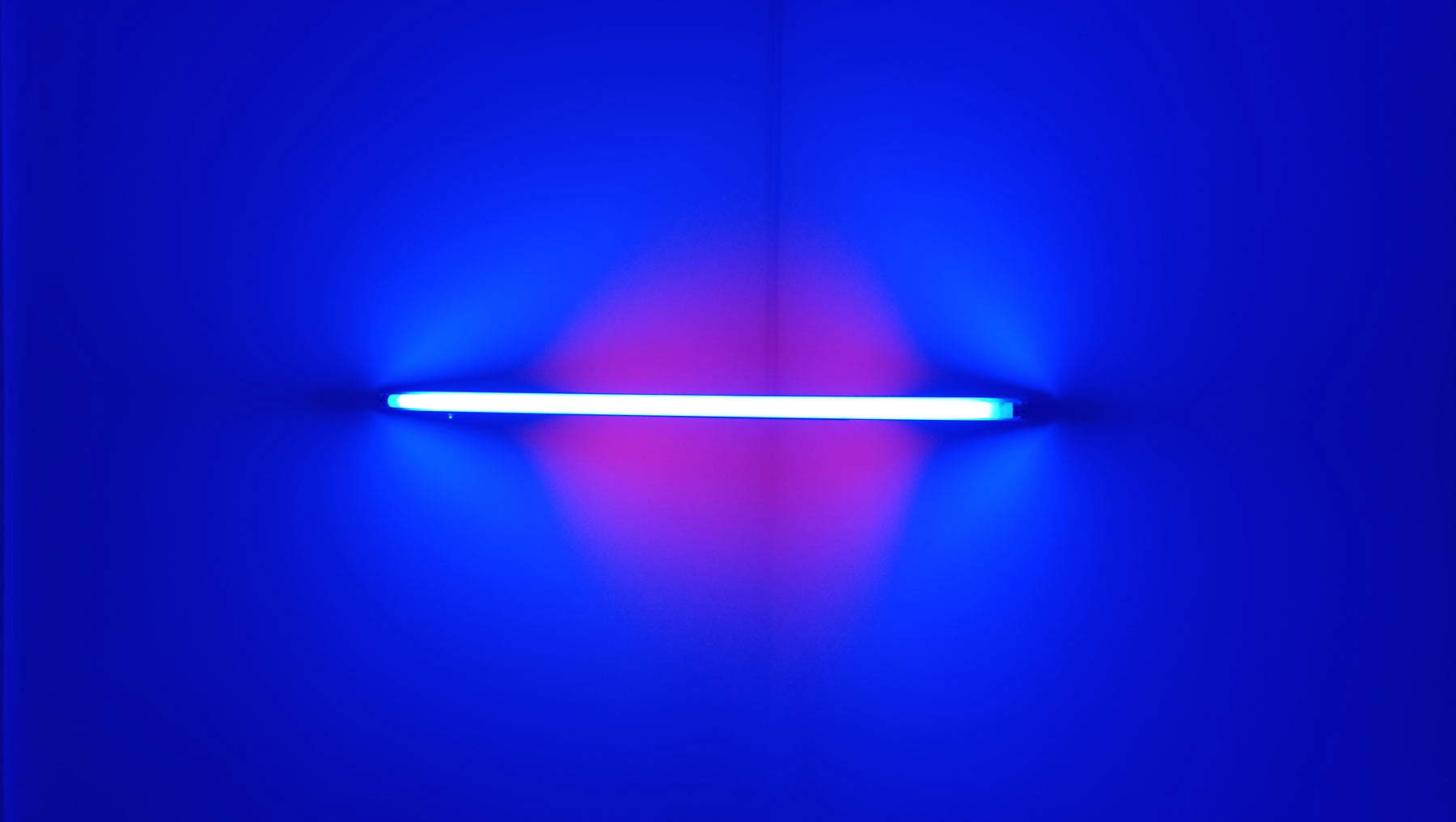
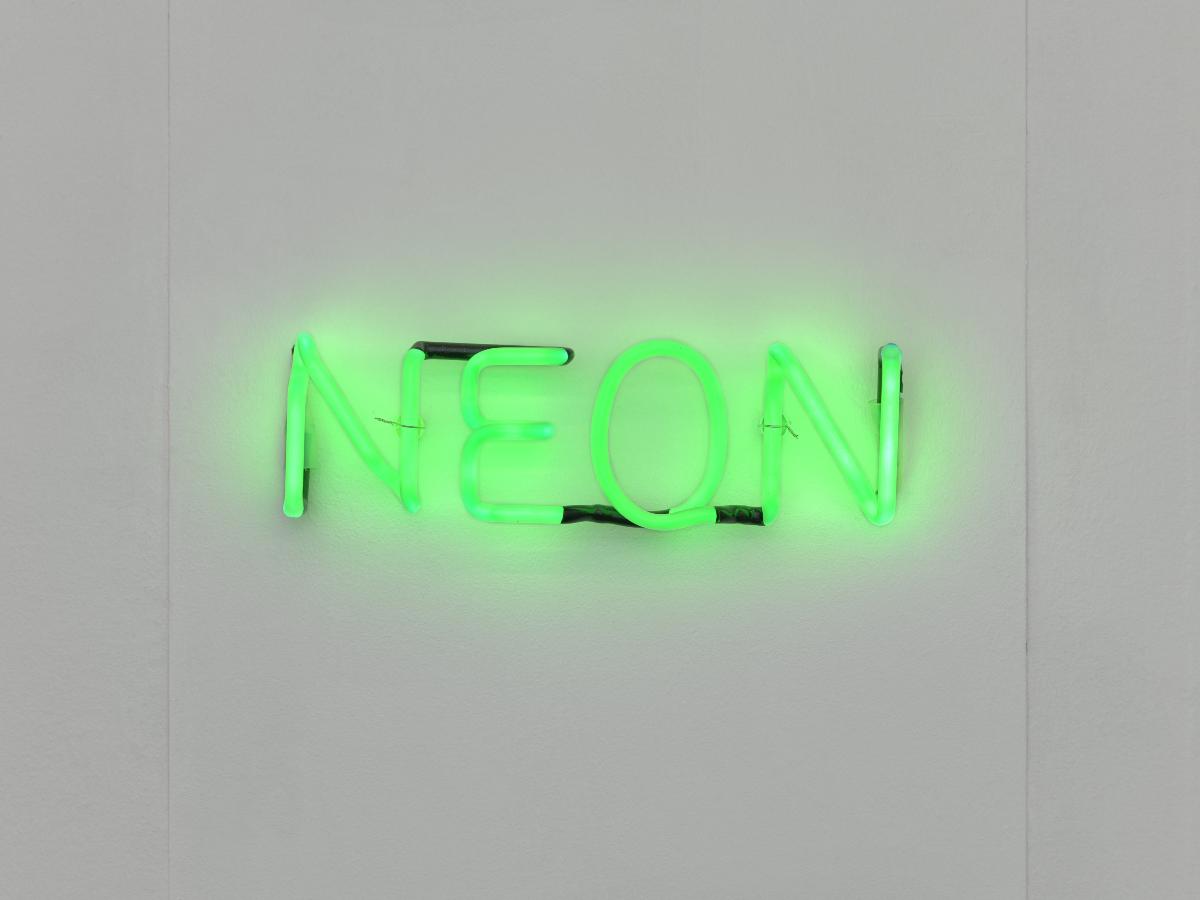
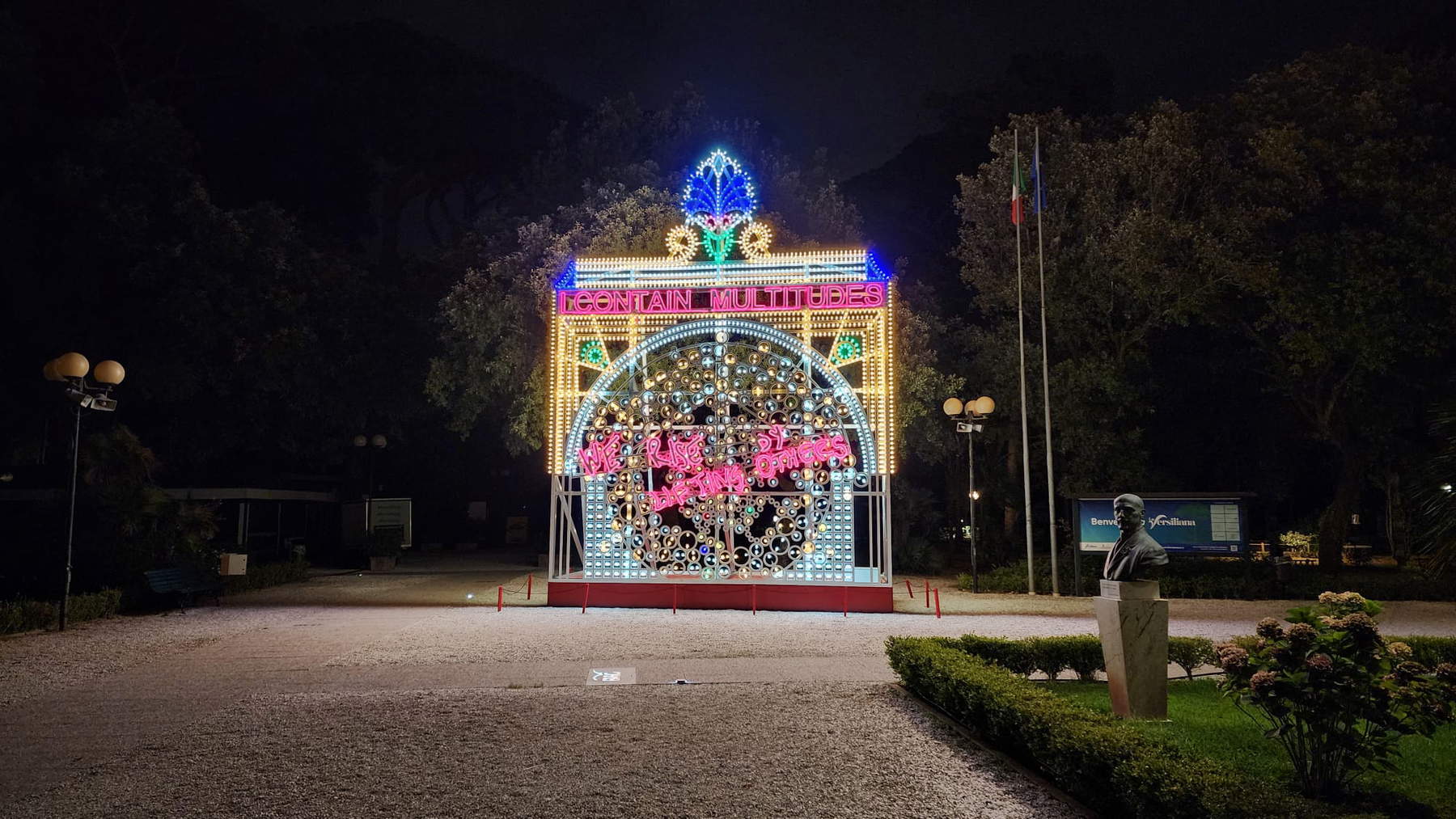
“I contain multitudes” was the giant inscription that headed Senatore’s installation: a very interesting concept for those who have really experienced these multitudes, such as Andrea Pazienza, who wrote in unsuspected times, “And be thankful that there is me, that I am a multitude.” I also remember a 2007 exhibition by Pierluigi Calignano at the Antonio Colombo Gallery in Milan, where huge circular luminarias filled the spaces; other artists such as Domenico Pellegrino and Davide Cesaria have for many years been elaborating new forms with luminarias as an artistic language, insisting on making their works personally, ignoring the practice of the contemporary artist who, in order to be welcomed in the good salons, has to limit himself to just devising them.
It is news these days that the Nobel Prize in Literature has been awarded to Hungarian writer László Krasznahorkai. One of his phrases is recurring in all the newspapers: “A different world is coming, a world of deception, deception, illusions and manipulation of reality.” Heads up.
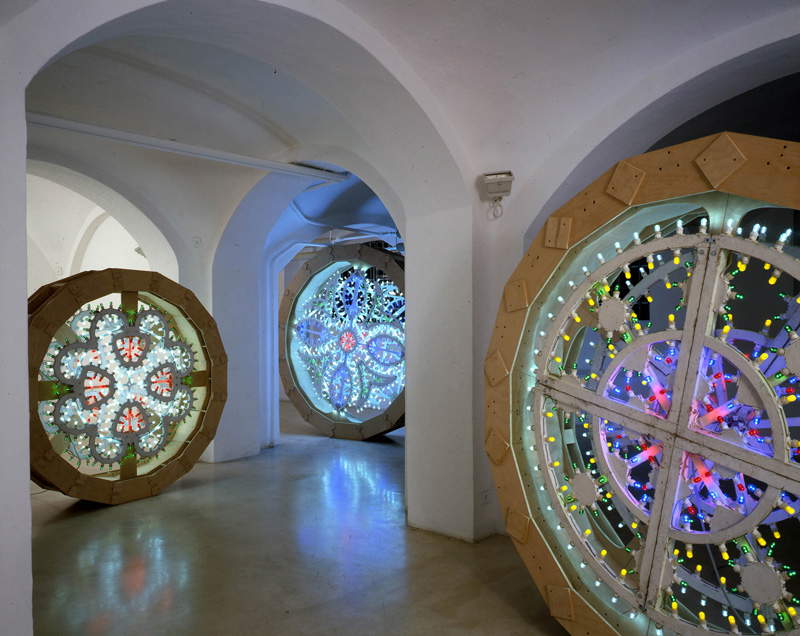
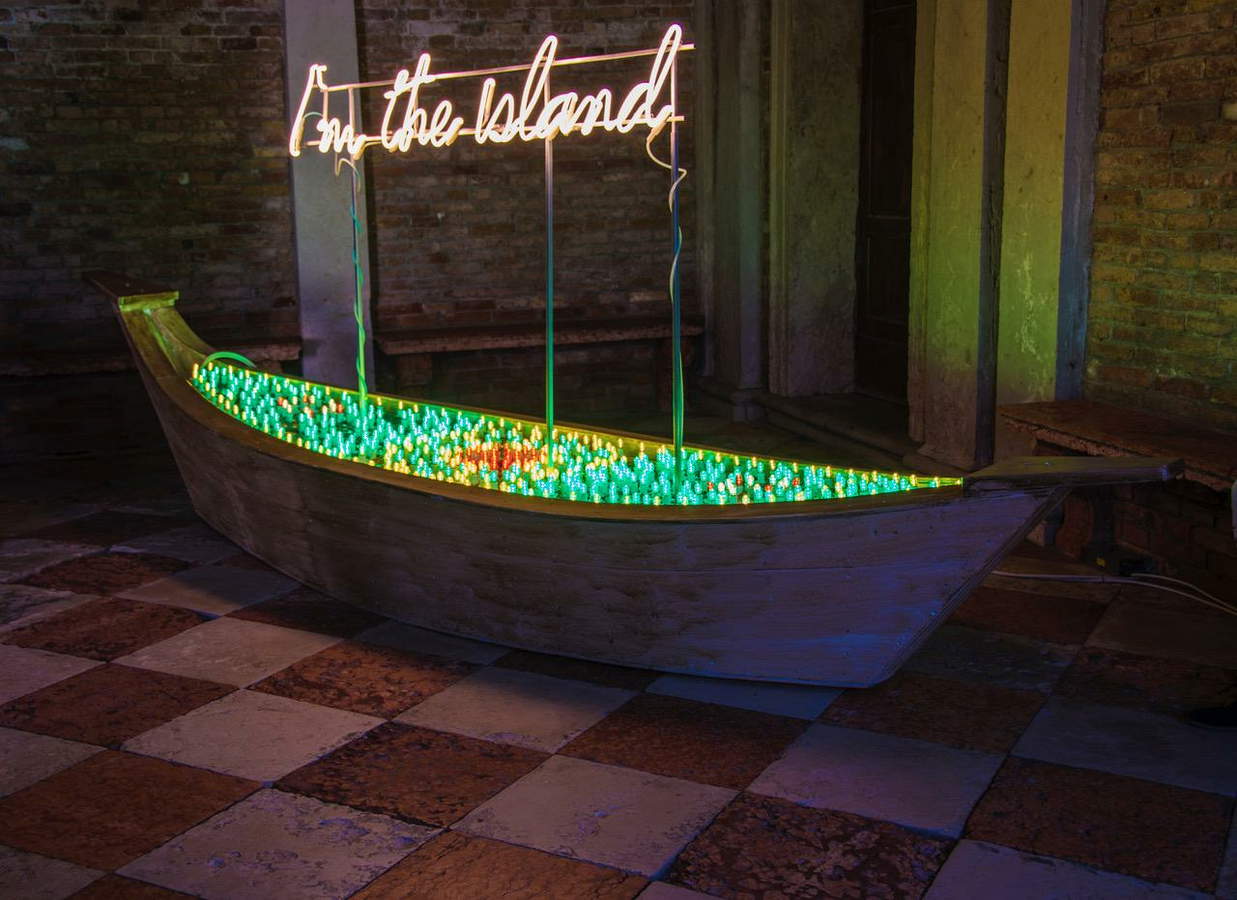
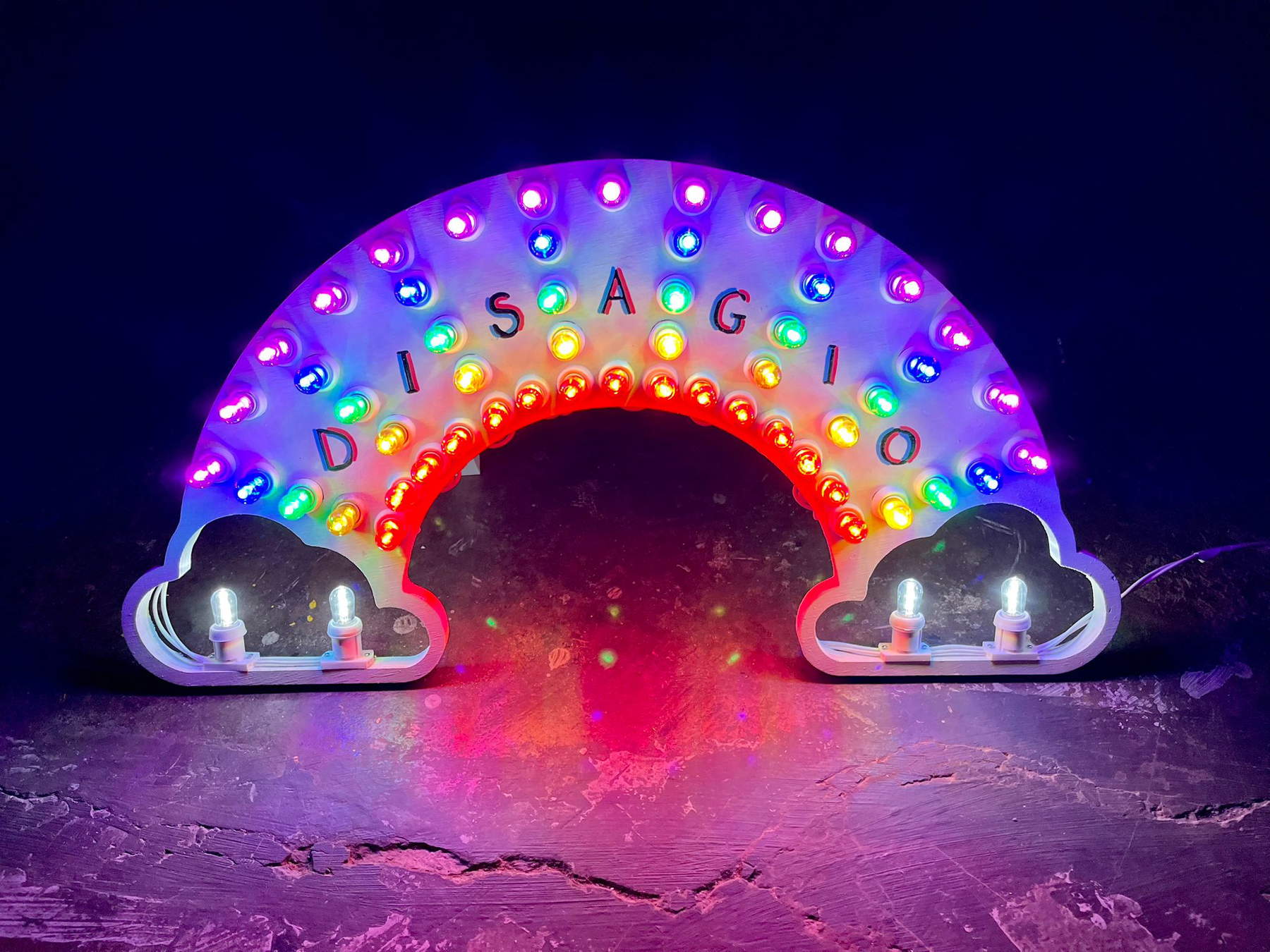
Warning: the translation into English of the original Italian article was created using automatic tools. We undertake to review all articles, but we do not guarantee the total absence of inaccuracies in the translation due to the program. You can find the original by clicking on the ITA button. If you find any mistake,please contact us.